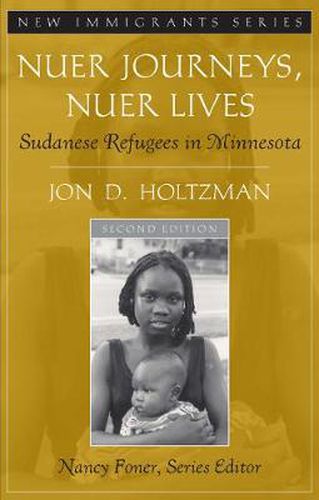Readings Newsletter
Become a Readings Member to make your shopping experience even easier.
Sign in or sign up for free!
You’re not far away from qualifying for FREE standard shipping within Australia
You’ve qualified for FREE standard shipping within Australia
The cart is loading…






This book examines contemporary migration to the United States through a surprising and compelling case study - the Nuer of Sudan, whose traditional life represents one of the most important case studies in the history of anthropology.
It provides an opportunity to examine issues of current importance within anthropology, such as social change, transnationalism, displacement, and diaspora in an easy to understand manner.
In understanding the experiences of the Nuer, students will not only gain insights into the world refugee problem and the role of immigration in the United States, they will also learn about the features of Nuer life which are considered a standard part of the anthropology curriculum.
The book juxtaposes elements of Nuer culture which are well-known within anthropology - and featured in most anthropology textbooks - with new developments arising from the immigration of many other Nuer to the U.S. in the 1990s as refugees from civil war in southern Sudan.
Consequently, this book will fit well within existing anthropology curricula, while providing an important update on descriptions of traditional life.
$9.00 standard shipping within Australia
FREE standard shipping within Australia for orders over $100.00
Express & International shipping calculated at checkout
This book examines contemporary migration to the United States through a surprising and compelling case study - the Nuer of Sudan, whose traditional life represents one of the most important case studies in the history of anthropology.
It provides an opportunity to examine issues of current importance within anthropology, such as social change, transnationalism, displacement, and diaspora in an easy to understand manner.
In understanding the experiences of the Nuer, students will not only gain insights into the world refugee problem and the role of immigration in the United States, they will also learn about the features of Nuer life which are considered a standard part of the anthropology curriculum.
The book juxtaposes elements of Nuer culture which are well-known within anthropology - and featured in most anthropology textbooks - with new developments arising from the immigration of many other Nuer to the U.S. in the 1990s as refugees from civil war in southern Sudan.
Consequently, this book will fit well within existing anthropology curricula, while providing an important update on descriptions of traditional life.